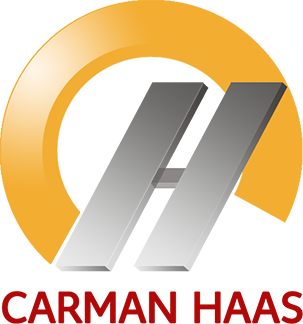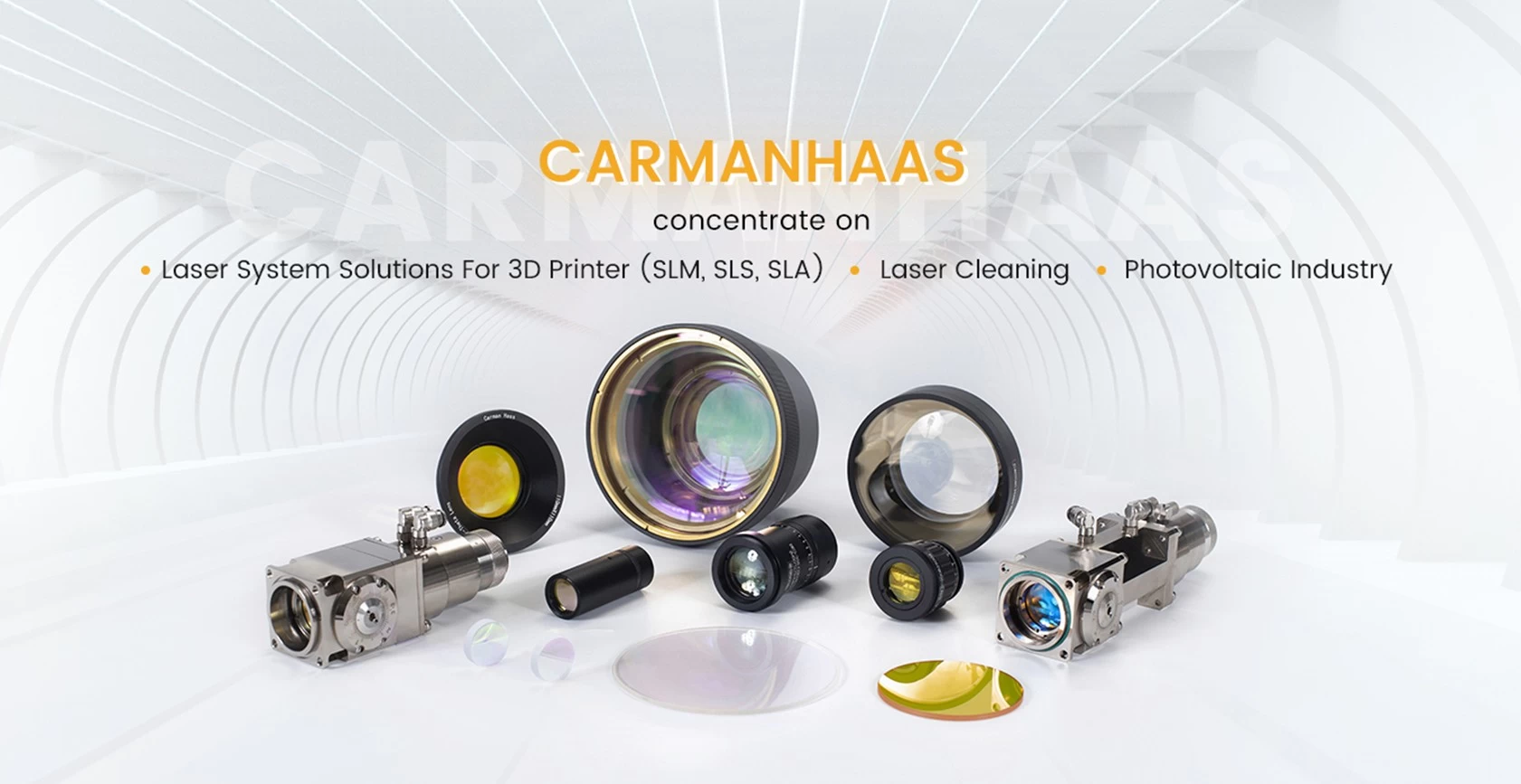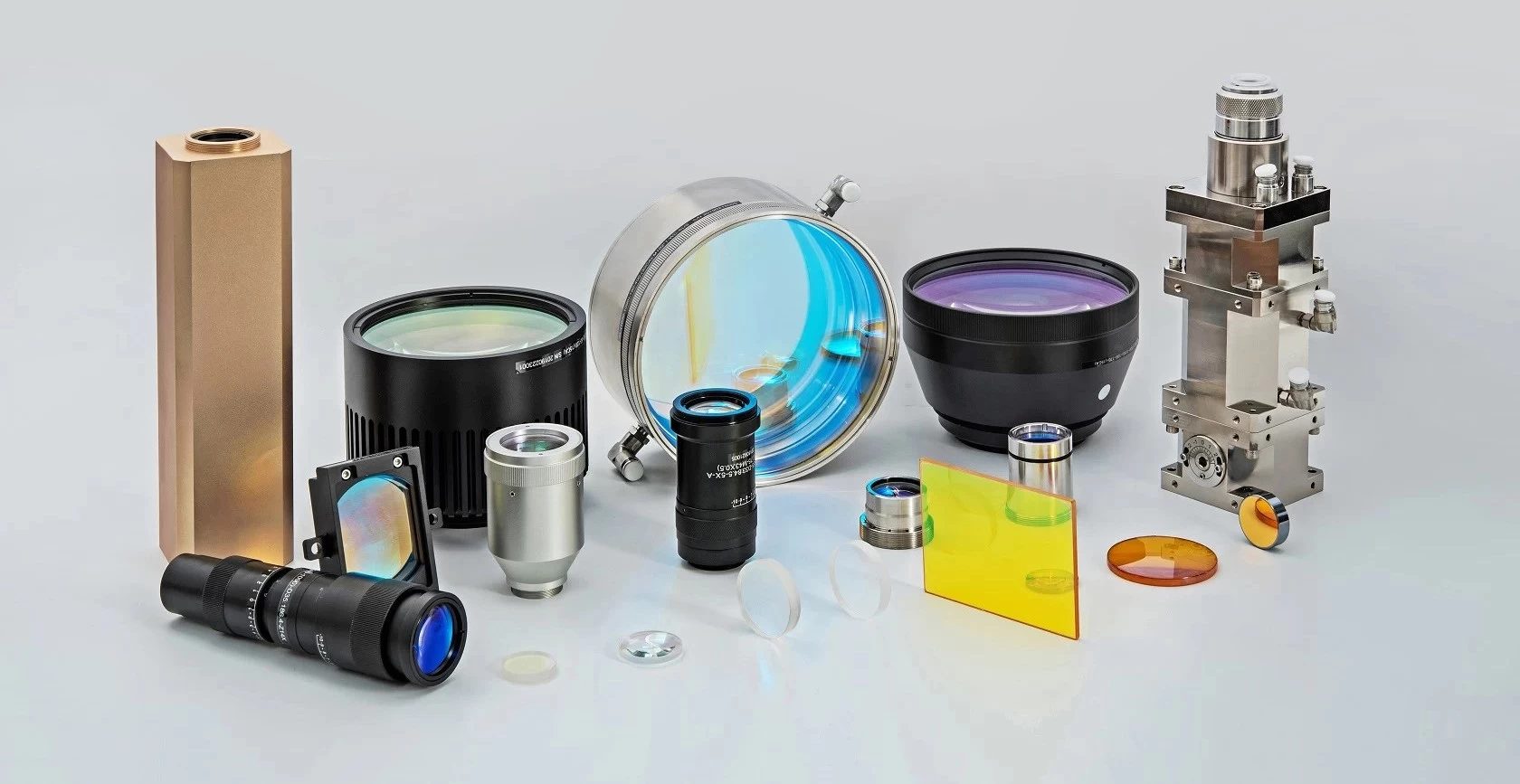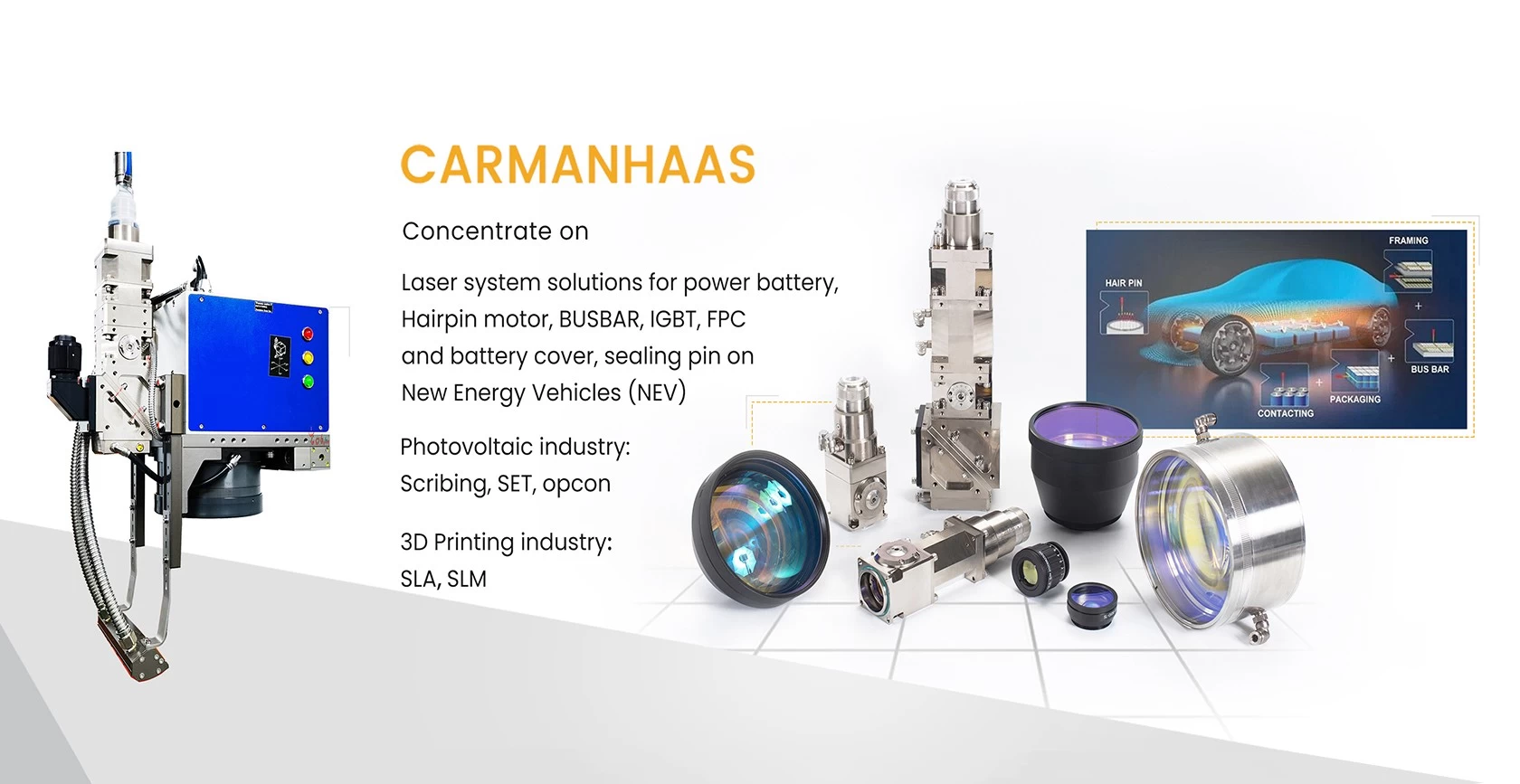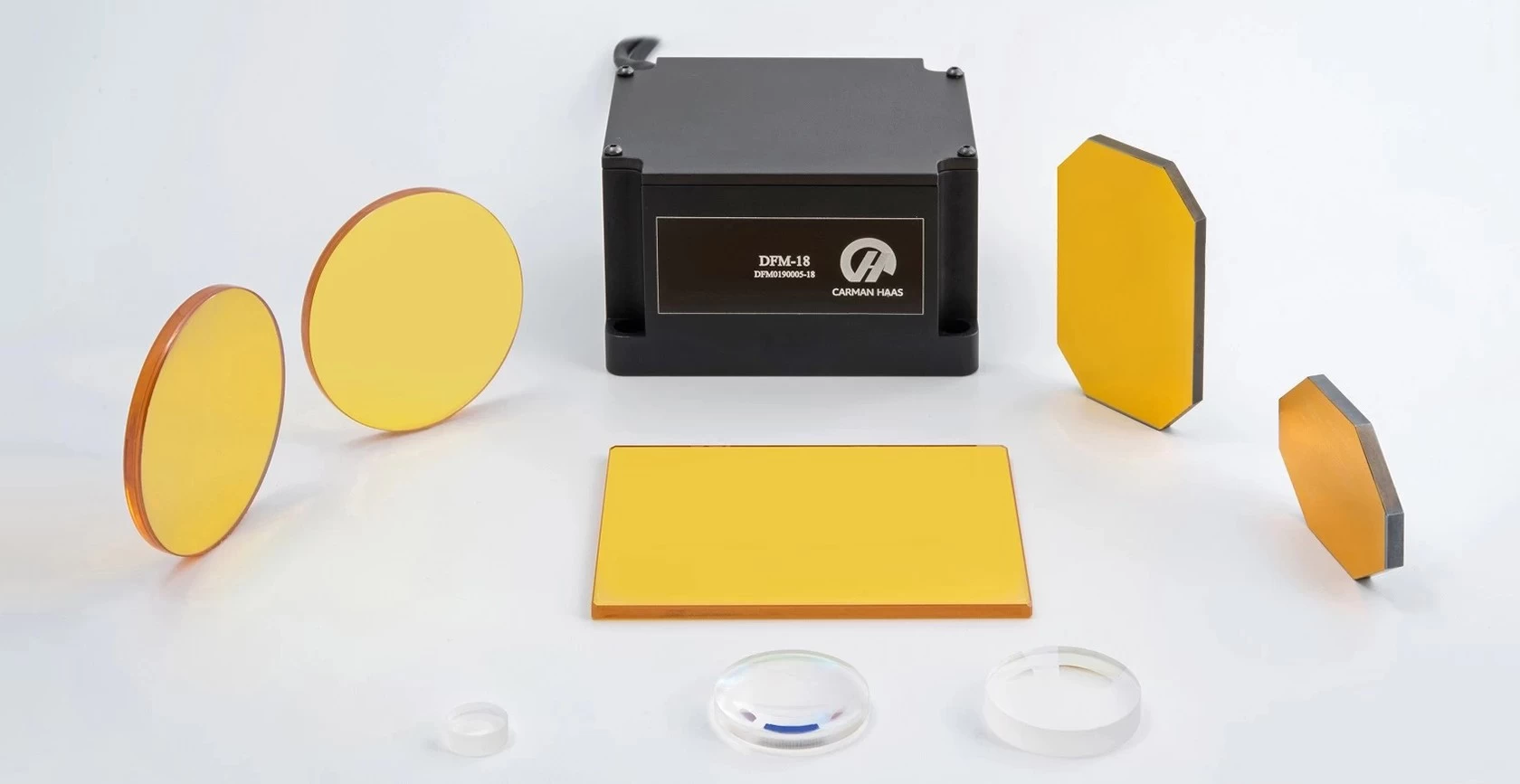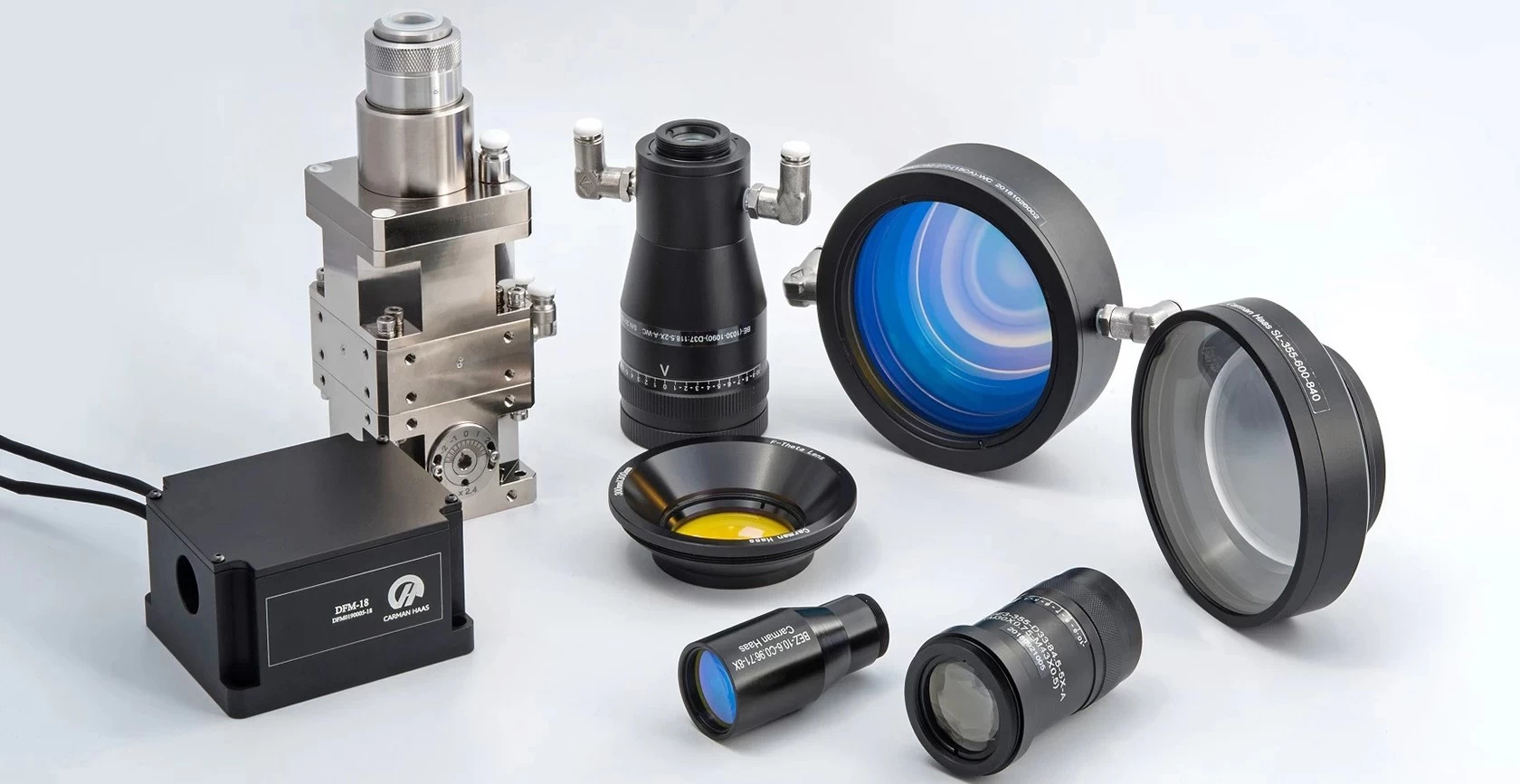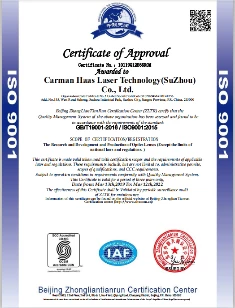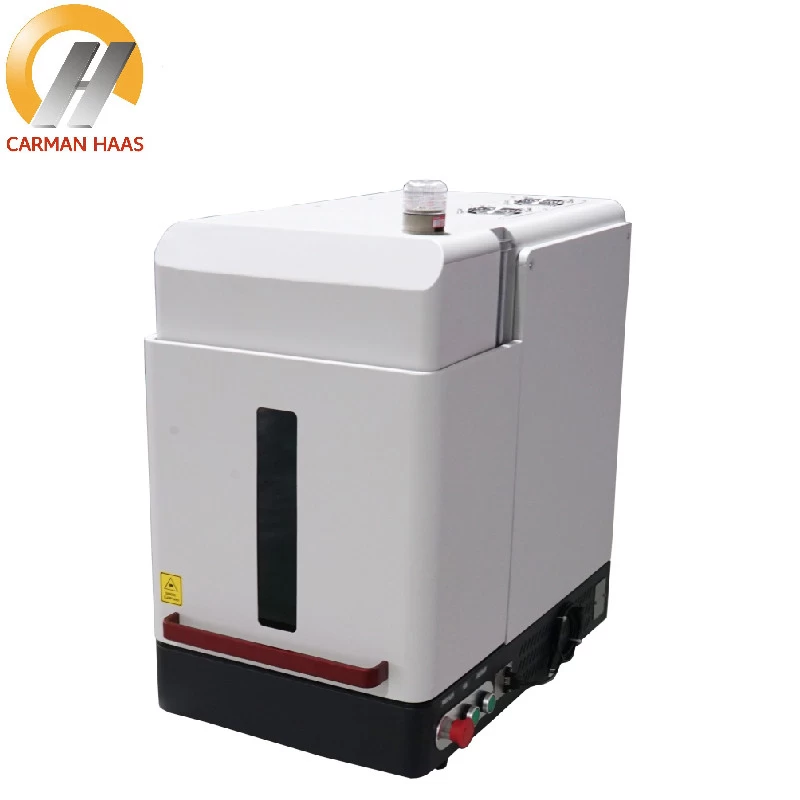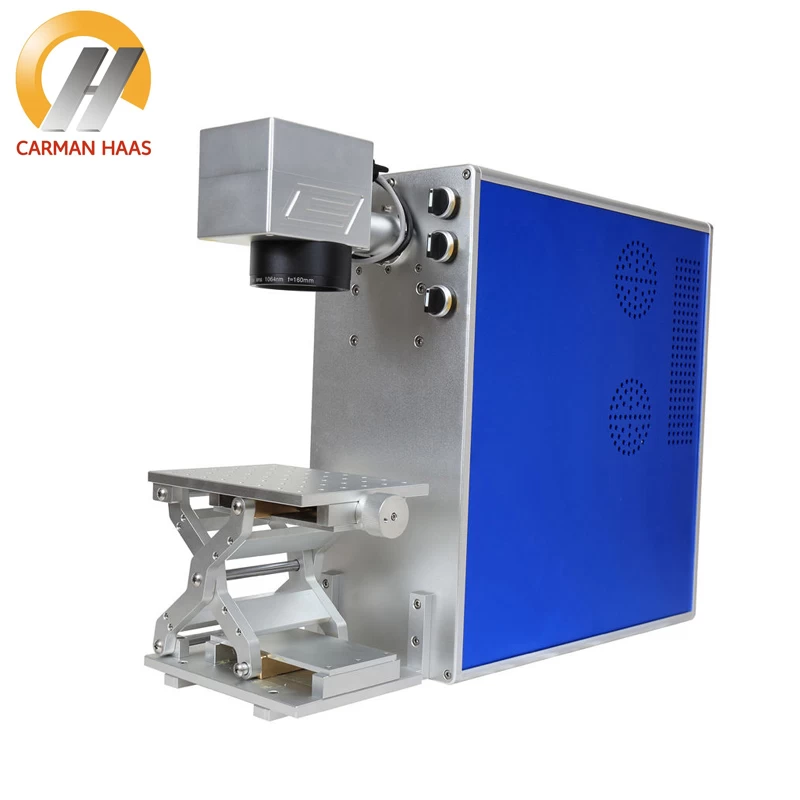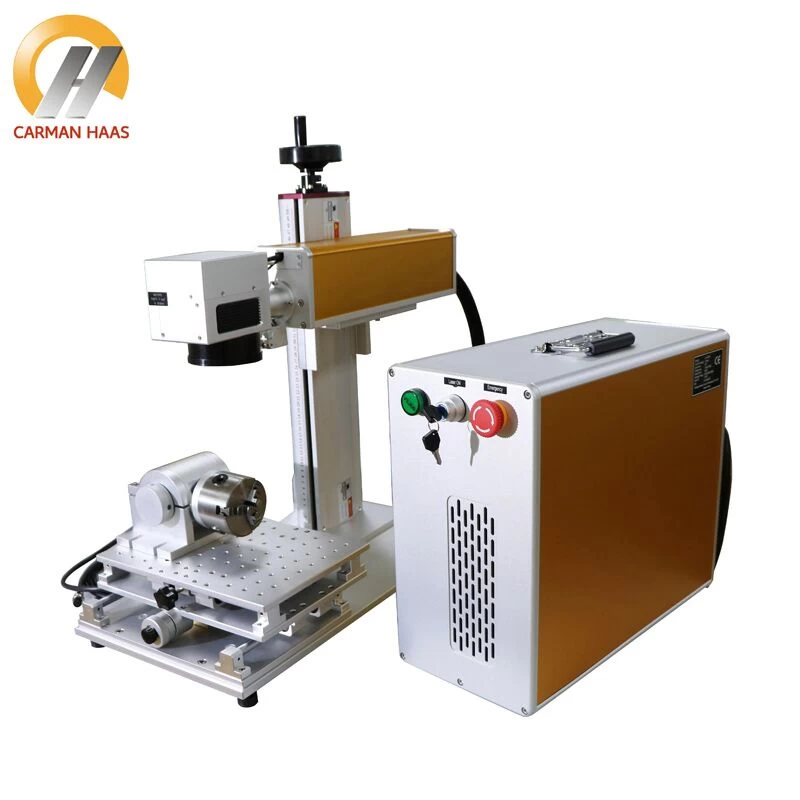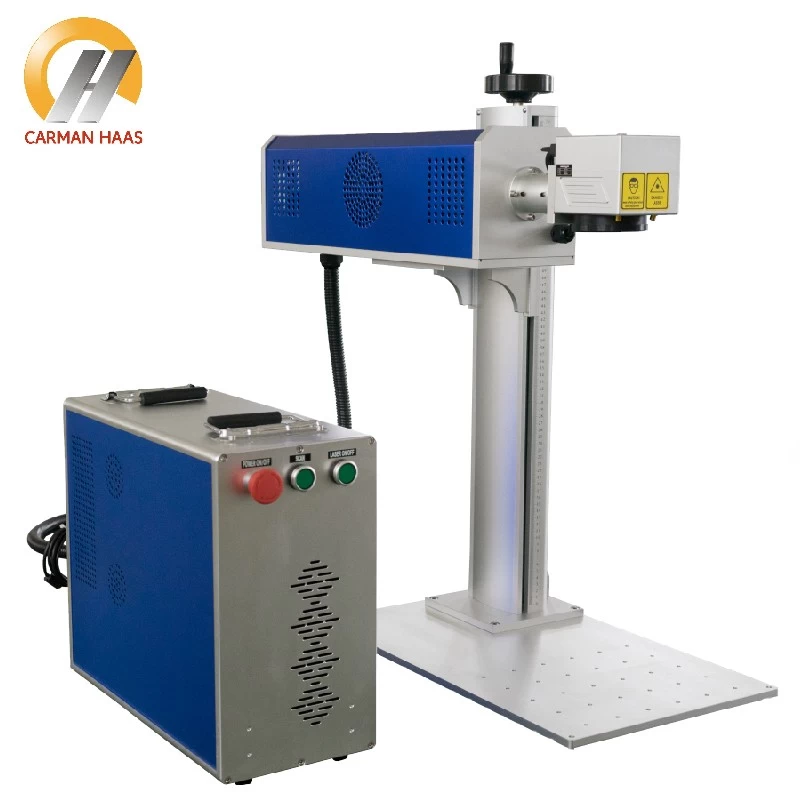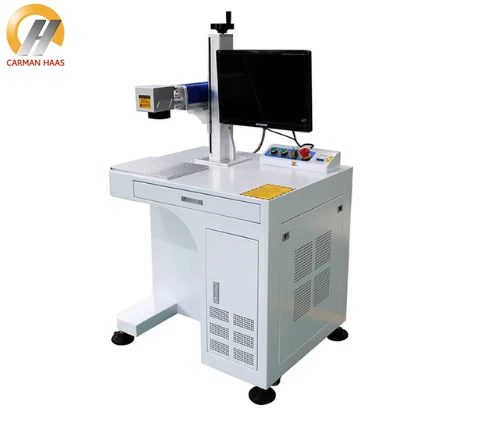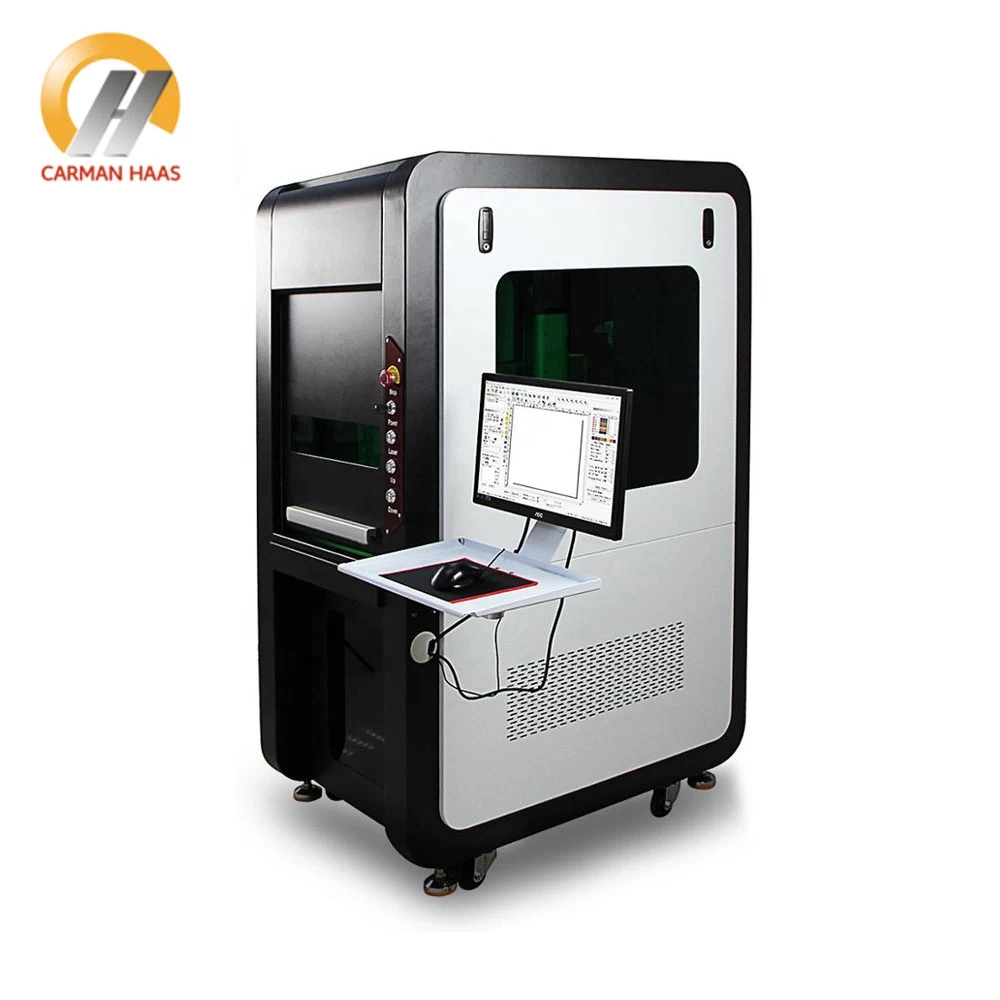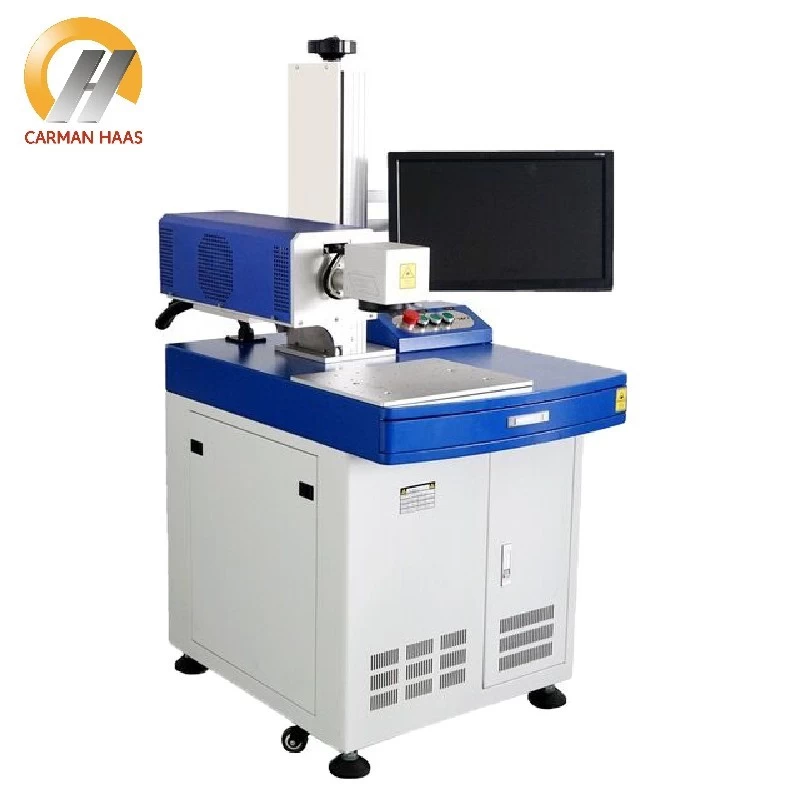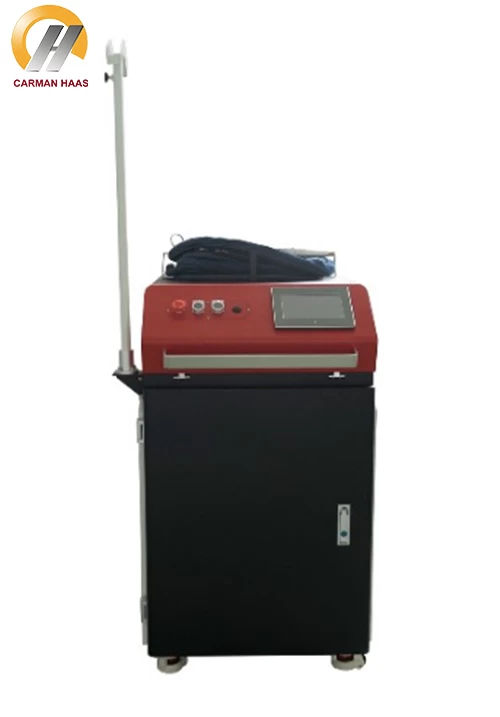What can ultrafast lasers do?
The rapid development of short-pulse laser technology has made it very widely used in industry, and new applications are found almost every day. At present, short pulses are mainly concentrated in several application fields such as drilling, scribing, cutting, wire ablation (removal of plating), surface structuring, and engraving.
1. Drilling
In circuit board design, people began to use ceramic substrates instead of conventional plastic substrates to achieve better thermal conductivity. In order to connect electronic components, it is generally necessary to drill up to hundreds of thousands of small holes with a diameter of 40100 μm in the board. Therefore, it is very important to ensure that the stability of the substrate is not affected by the heat input during the drilling process. The picosecond laser is an ideal tool for this application. The picosecond laser can complete the hole processing by percussion drilling and ensure the uniformity of the hole. In addition to circuit boards, picosecond lasers can also drill high-quality materials such as plastic films, semiconductors, metal films, and sapphire.
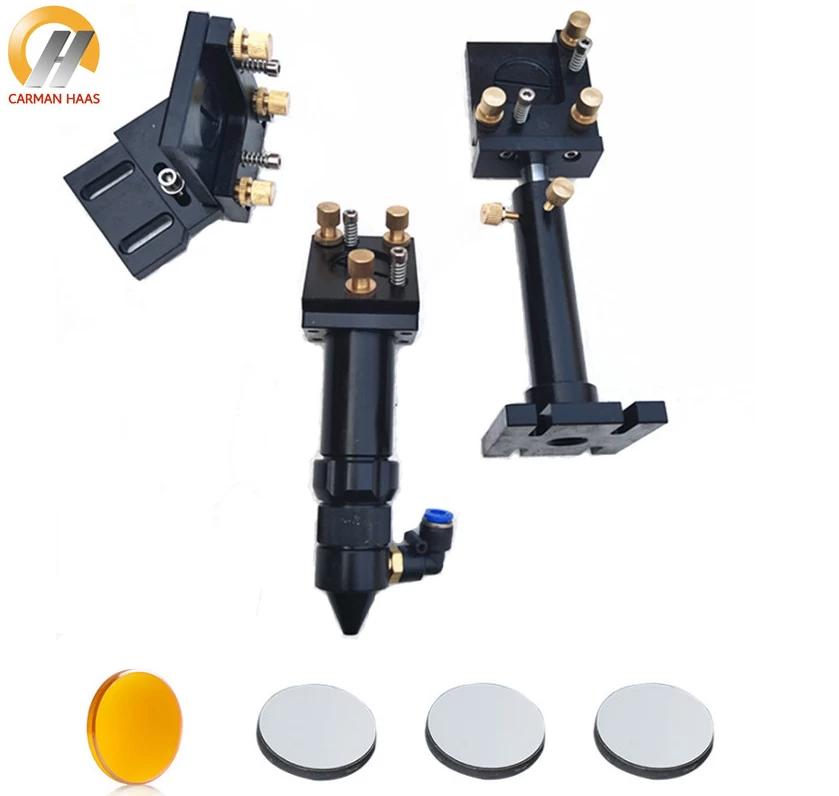
CO2 Laser Engraving Cutting Machine wholesales
2. Scribe and cut
Lines can be formed by superimposing laser pulses by scanning. It usually takes a lot of scanning to penetrate deep into the ceramic until the depth of the line reaches 1/6 of the material thickness. The individual modules are then separated from the ceramic substrate along these score lines. This separation method is called scribing. Another separation method is to use ultrashort pulse laser ablation cutting, also known as ablation cutting. The laser ablates the material, removing the material until it is cut through. The advantage of this technique is that the shape and size of the processed holes have greater flexibility. All process steps can be completed by a picosecond laser.
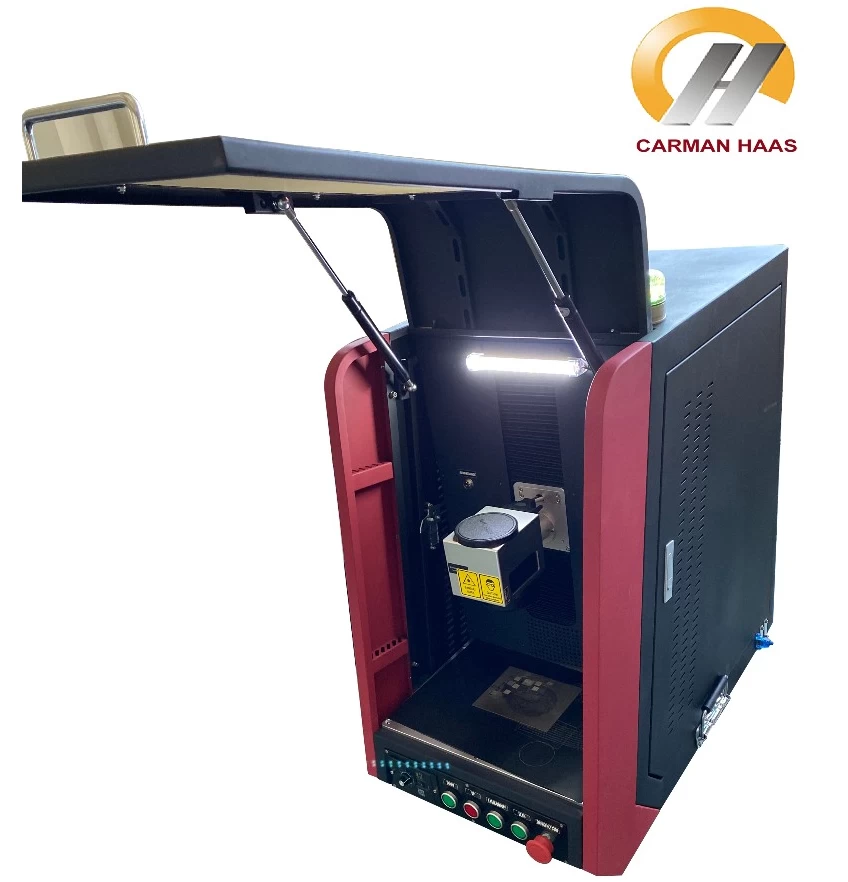
laser engraving machines for sale
3. Wire ablation (removal of plating)
Another application often regarded as micromachining is the precise removal of coatings without damaging or slightly damaging the substrate material.
The ablation can be either a few microns wide line or a large area removal of a few square centimeters. Since the thickness of the coating is usually much smaller than the width of the ablation, heat cannot be conducted on the side. Therefore, lasers with nanosecond pulse width can be used. The combination of high average power laser, square or rectangular conductive fiber, and flat-top light intensity distribution makes laser surface ablation be applied in the industrial field. For example: Use TRUMPF's TruMicro 7060 laser to remove the coating on the thin-film solar cell glass. The same laser can also be used in the automotive industry to remove anti-corrosion coatings in preparation for subsequent welding.
4. Surface structuring
Structuring can change the physical properties of the material surface. According to the lotus effect, the hydrophobic surface structure allows water to run off the surface. Using ultrashort pulse lasers to create sub-micron structures on the surface can achieve this feature, and the structure to be created can be precisely controlled by changing the laser parameters. Opposite effects, such as hydrophilic surfaces, can also be achieved, and micromachining can also create structures of larger dimensions. These processes can be used in the fuel tank of the engine to make some microstructures that reduce wear, or to structure the metal surface to achieve welding with plastic.
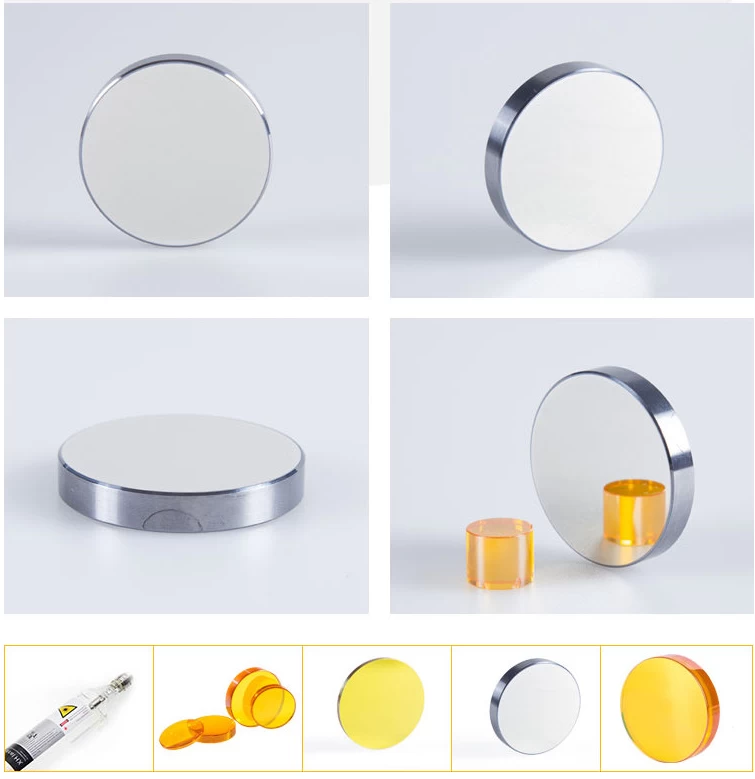
Laser marking and engraving systems supplier china
5. Engraving
Engraving is to create three-dimensional shapes by ablating materials. Although the size of ablation may exceed the category of micromachining in the traditional sense, the precision it requires makes it classified into this type of laser application field. The picosecond laser can be used to machine the edges of polycrystalline diamond tools on milling machines. Laser is an ideal tool for processing polycrystalline diamond, which is an extremely hard material that can be used to make milling cutter blades. Use engraving technology to process the chip grooves and teeth of the milling cutter. In this case, the advantages of laser are non-contact and high machining accuracy.
In short, micro-processing has very broad application prospects, and more and more daily necessities are entering our field of vision through laser micro-processing.
